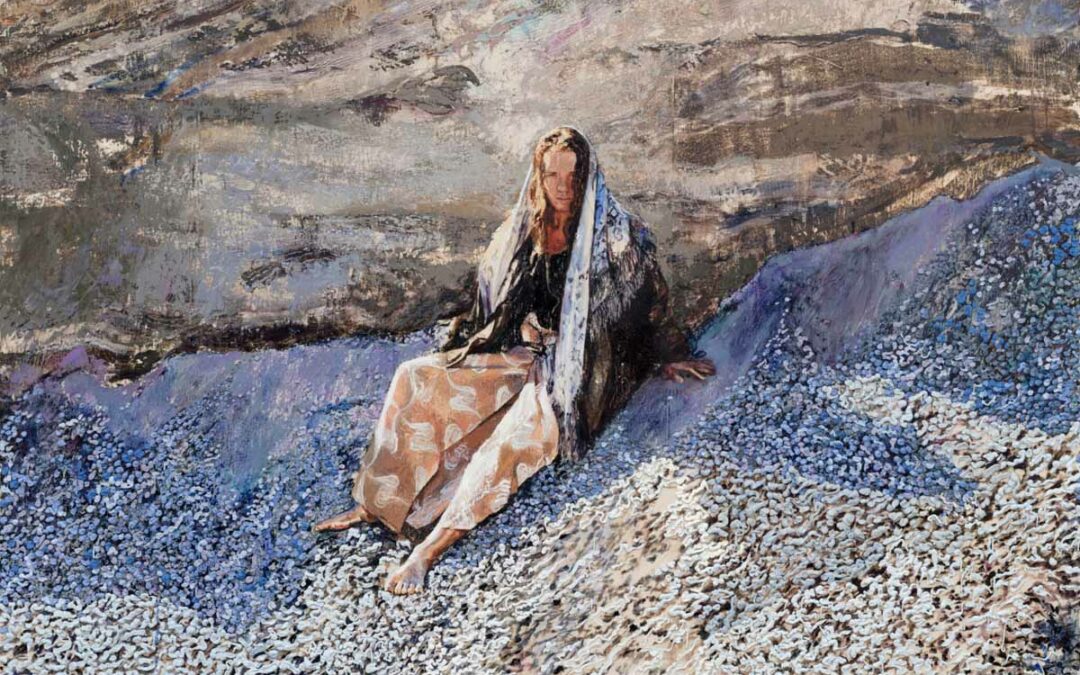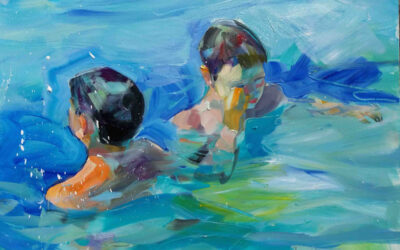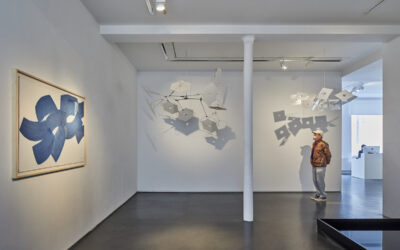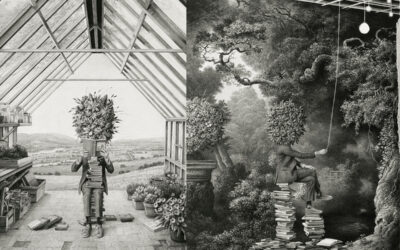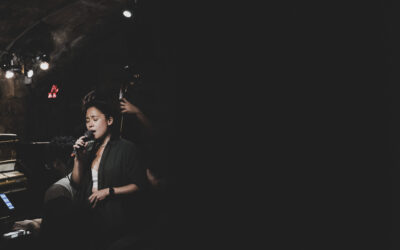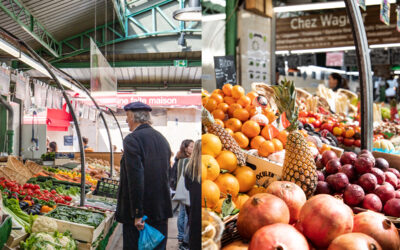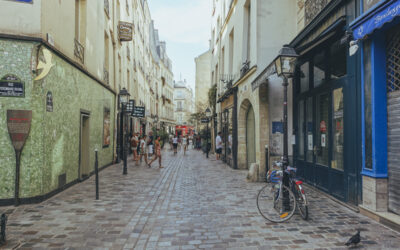The arrival of the artist Sara-Vide Ericson in the Marais is a small event. After having exhibited all over the world, this Swede, presented in her country as "the most influential artist of her generation", is exhibiting for the first time in France, with around twenty works produced, especially for the Swedish Institute.
“You're going to see what you're going to see,” warned the new director of the Swedish Institute Sara Arrhenius (in office since the beginning of the year) a few months ago, very ahead of this exhibition which is particularly close to her heart. fact that this is the first program of his mandate. And indeed, the showdown is worth the detour.
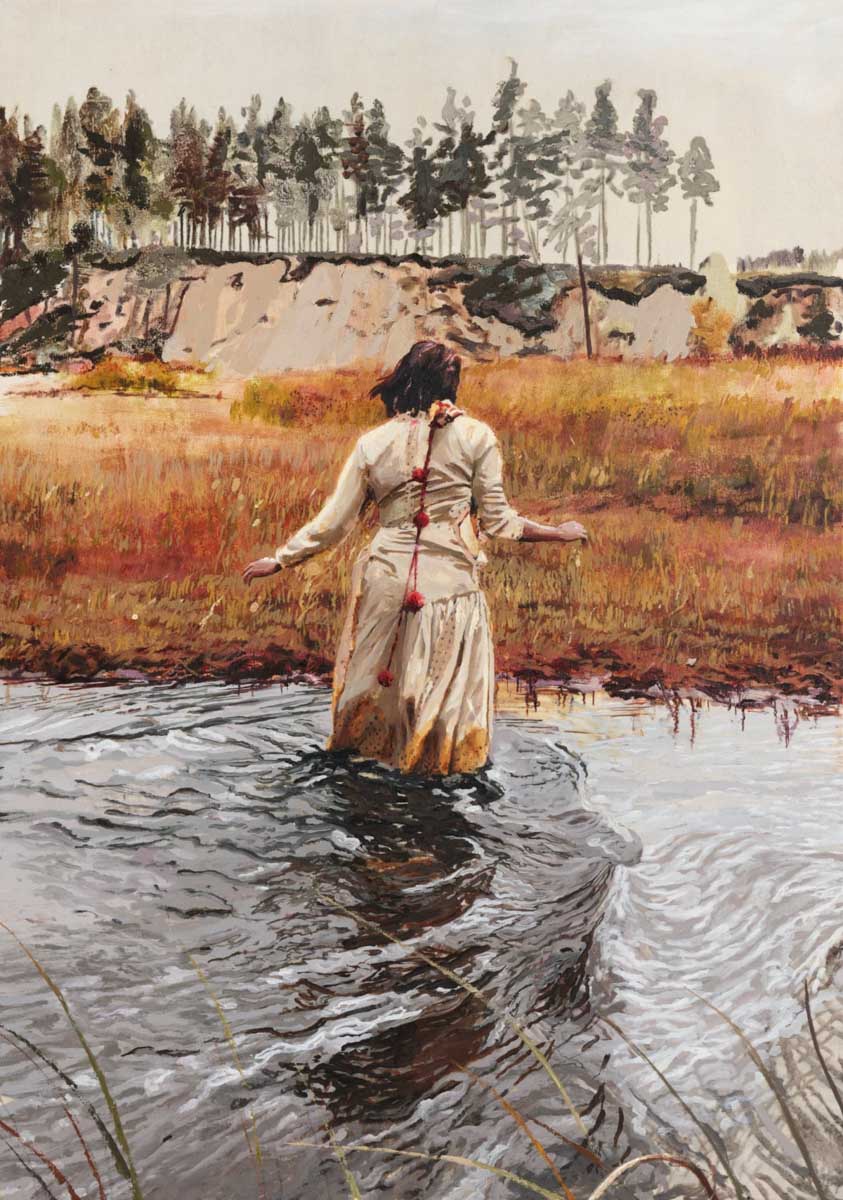
“Sara-Vide Ericson’s creative process is based on a form of performativity,” continues Arrhenius. It all starts with a pattern hunt, outside the workshop. Considering herself a hunter-gatherer, the artist hunts, collects, brings home then selects these objects, experiences or pieces of landscape and assembles them into paintings in the studio. When the artist has an image in mind, she must first realize it in real life. This perhaps explains the captivating power of Sara-Vide Ericson's works. »
This work is characterized by large, figurative oil paintings, inspired by its immediate environment. “Her paintings are neither navel-gazing self-portraits nor naturalistic landscapes,” continues the director, who was responsible for the curation with Marion Alluchon. Among the recurring motifs in her work, souvenir objects linked to various stories and experiences, her own horses or even the nature that surrounds her: forests, rivers or swamps in northern Sweden where she grew up and resettled ten years ago. “But the artist does not paint “beautiful nature,” continues the director. For example, she boycotts the soft spring green, which is often the postcard of Swedish nature. »
From 17 October 2023 to 18 February 2024
▼ “Desire of the Tail”, by Sara-Vide Ericson
Swedish Institute
11 Rue Payenne, 75003 Paris
Wednesday to Sunday from 12 p.m. to 18 p.m.
Tel: +01 44 78 80 20 XNUMX
Text: Axel G.
16.10.23
CURRENT EXHIBITIONS A MUST SEE
With the artist Malacarne, we dive into the Big Blue
Why go to the sea when you can find it in the Marais, at the Menouar gallery, rue du Parc-Royal? Here, we dive directly into the Big Blue with the work of Malacarne, a post-impressionist artist of reflection, light and water whose brush caresses the surface of the sea.
Susumu Shingu, praise of slowness
At the Jeanne Bucher Jaeger gallery, a century-old space at the bottom of a courtyard, around thirty drawings and kinetic sculptures, moving works by the Japanese artist Susumu Shingu, are displayed. It was a trend in vogue in the 1950s, led by artists such as the Athenian Takis or the Brazilian Soto.
Ethan Murrow and his hymn to plants
The Girls of Calvaire gallery, sheltered at the back of a courtyard, is hosting the solo show “Magic Soil” by the American Ethan Murrow until November 25. A unique set of around fifteen paintings and drawings that pay homage to nature.
NOW ON THE MOOD MARSH
Jazz at 38Riv: The highlights of May
The only jazz club in the Marais, 38Riv is the temple of cool and swing. Rue de Rivoli, between Saint-Paul and Hôtel de Ville, its vaulted cellars are the home base of the new jazz scene. Every evening, the magic happens.
The Enfants Rouges market, everyone loves it
Restaurants, merchants, a photo store, a bookstore... This is how the Red Children's Market presents itself, unique in its kind in the Marais and its capital because it is the only one to offer such a varied and varied range of restaurants. qualitative.
The Marais Jewish quarter in Paris
From the 13th century, the Marais was home to a Jewish community which remained there until its expulsion in the 14th century. Fleeing poverty and persecution, Jews from Eastern countries and those from Alsace settled there in the 19th century. Around rue des rosiers and Place Saint-Paul renamed Pletz…

